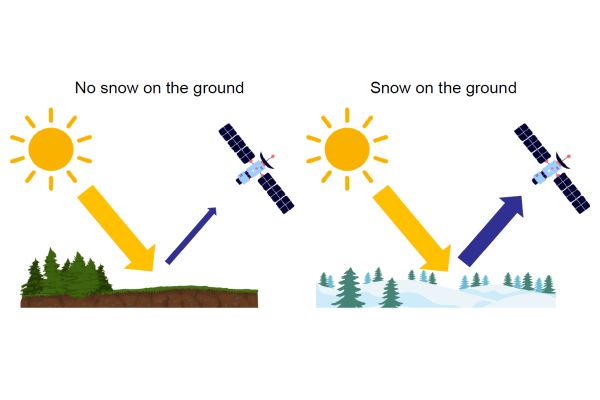Kerttu Kouki (FMI): Decadal changes in Arctic snow and ice cover properties from satellite observations
Kerttu shows how the snow and ice cover change during decades according to satellite data.
Snow and ice cover of the Northern Hemisphere (NH) are major factors in the global climate system.
Due to the large area and sparse in situ measurements, snow and ice cover monitoring at the continental scale is only possible from satellites. Estimating snow and ice cover at large scale is important for hydrological and climatological applications. As they greatly influence the entire climate system, changes in snow and ice cover will affect the surface energy balance, which in turn makes snow and ice cover important inputs for climate models.
Snow and ice cover in the Arctic are changing. There is a negative trend in the surface albedo due to negative trends in snow and ice cover. The extent and duration of snow and ice cover are decreasing, and the changes are most prominent in spring due to the strong surface albedo feedback. Snow water equivalent (SWE) also shows negative trends globally, but significant spatial variability exists especially in the Arctic.

